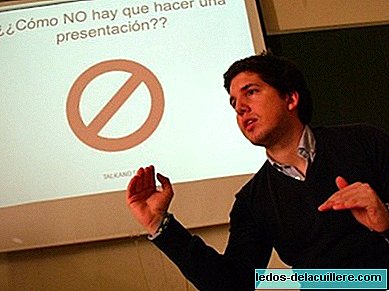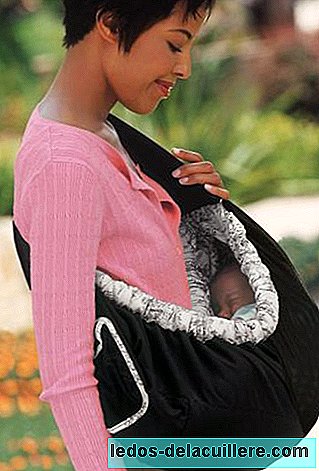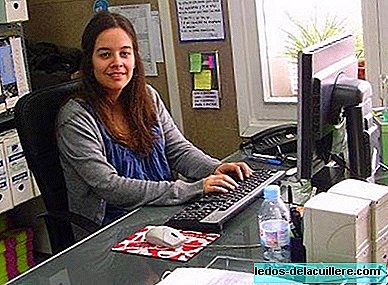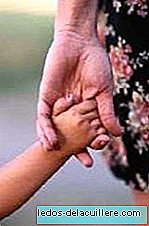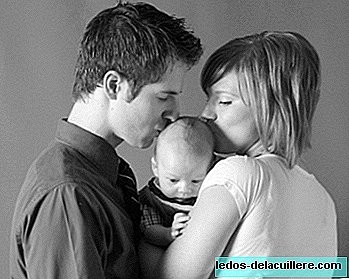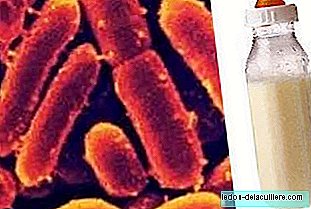
After the recent news of the withdrawal of several batches of artificial milk for being contaminated with Salmonella, which we discussed two days ago in Babies and more I wanted to write this entry to report something that seems to be unknown at a general level: artificial milk is not a sterile food and may contain pathogens.
In recent years there has been an increasing incidence of diseases transmitted by microorganisms present in foodstuffs.
Taking into account the need for infant formula to be safe, FAO and WHO convened an expert meeting in February 2004 to discuss Enterobacter sakazakii and other microorganisms present in powdered infant formula.
At this meeting they concluded that (and I quote textually) "the intrinsic contamination of powdered infant formula by E. sakazakii and Salmonella had been the cause of infections and diseases in infants, including some serious diseases that could lead to serious sequelae in development and death. " E. sakazakii It has caused diseases in all age groups. Children under one year and especially The newborns (<28 days) are those with the highest risk of infection. In this age group, premature infants and those born with low weight or immunosuppression have an even greater risk.
Data from the industry indicate that the probability of Salmonella in artificial milk is rare (although not impossible, as we have seen). However, the presence of E. sakazakii It is more frequent.
This pathogen is responsible, in infants at risk, for severe meningitis and necrotizing enterocolitis that may occur with a mortality rate between 40-80%. In addition, neurological sequelae have been identified in those infants who survive the process.
To minimize the risk of infection by these pathogens and try to multiply as little as possible the report marks a series of recommendations:
When possible, replace powdered preparations with commercially available sterilized liquid products, particularly for high-risk infants. I personally do not know what sterilized liquid products are commercially available.
Use of an effective pasteurization process at the point of use after reconstitution of the preparation (for example, some hospitals use a steam generator in their product preparation area). In a home I fear that it is impossible to pasteurize milk.
Use of hot water (70-90 ° C) during powder reconstitution. However, when the water is very hot, agglutination of some types of dust can occur, it seems that some properties such as vitamin C are lost, there is an increased risk of burns in the baby or the person who prepares it and there are chances that bacterial spores are activated.
Administer the preparation as soon as possible and discard it once finished, that is, what should not be stored for a next dose. If the shot is not going to be immediate, it should be cooled quickly and stored at a temperature below 10ºC. In short, the best is use hot water at 70 ° C to prevent the proliferation of these and other pathogens although some properties are lost and give the baby milk as soon as possible.
As you can see, everything that glitters is not gold and the recommendations (to infinity and beyond) of giving the child a healthy, balanced, safe and economical diet with breastfeeding are reinforced with information of this kind.


